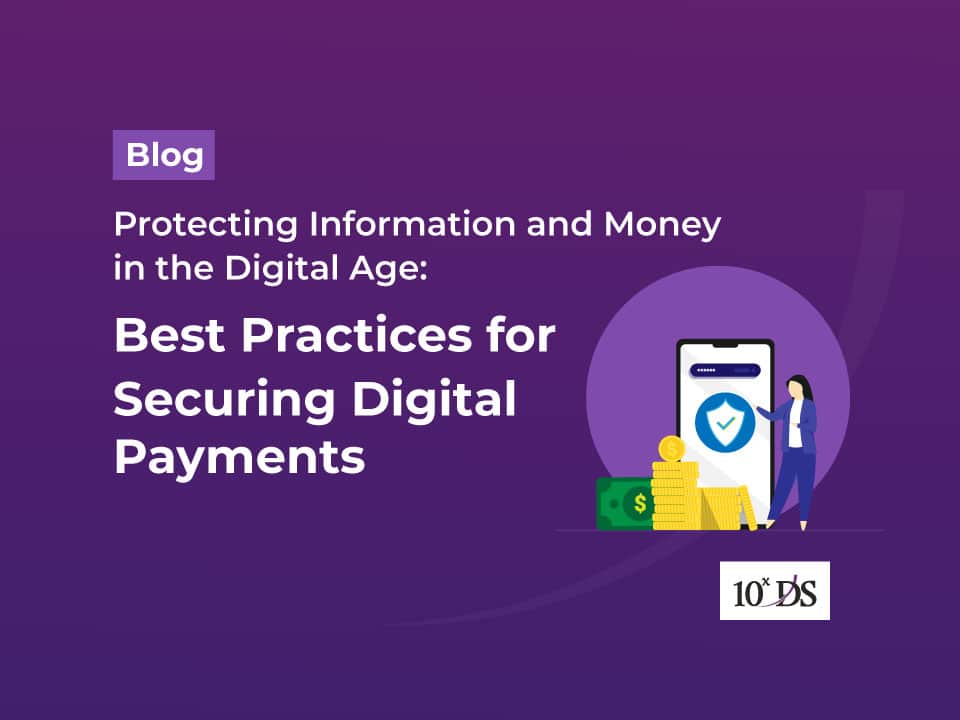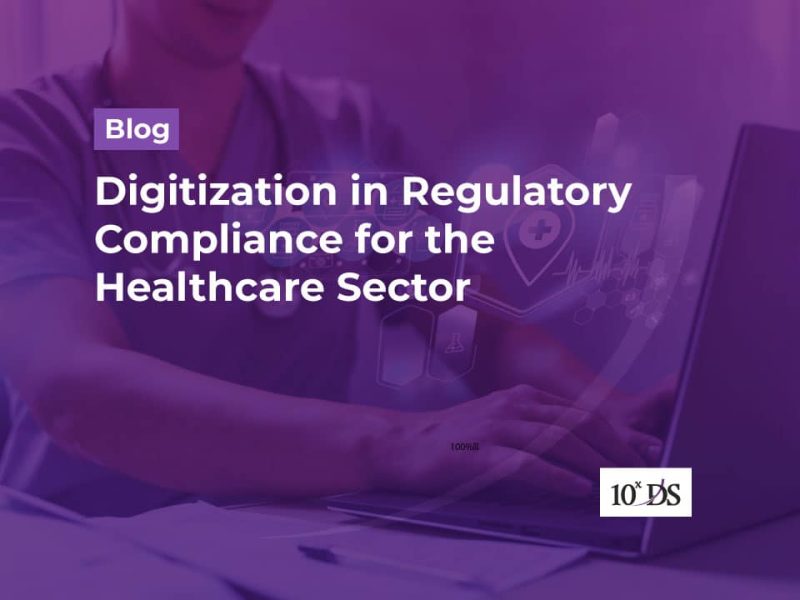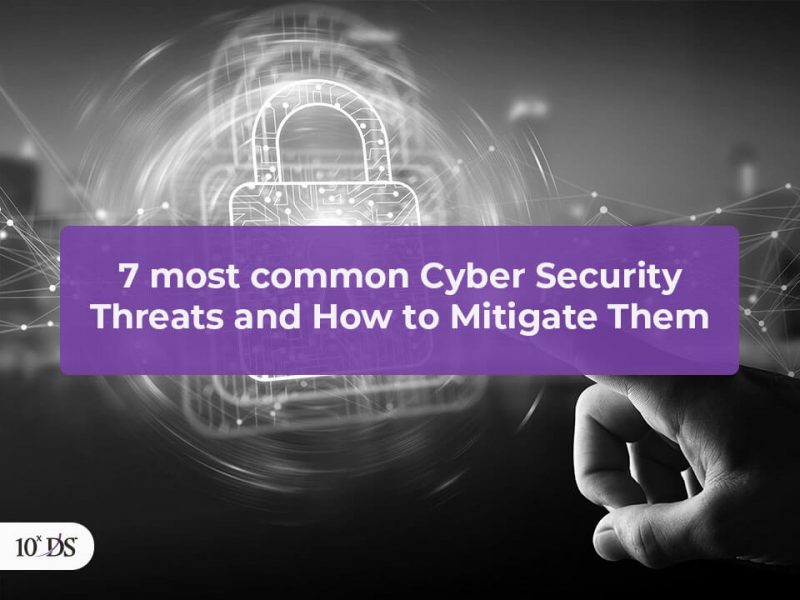
Protecting Information and Money in the Digital Age: Best Practices for Securing Digital Payments
Digital payments have transformed the way we conduct our financial transactions. Gone are the days of carrying cash or writing checks, as we now have the ability to make payments using our digital devices. Whether it’s using a credit or debit card, a digital wallet, or a mobile banking app, the convenience and ease of use of digital payments have made them an increasingly popular choice for consumers. Recent statistics support this trend. Let us have a look at some of these statistics.
According to a report by ResearchAndMarkets.com, the global digital payment market is estimated to reach $7.2 trillion by 2023, up from $3.6 trillion in 2020. (Source: ResearchAndMarkets.com, 2020)
A report by eMarketer estimates that the global mobile payment market will reach $3.6 trillion by 2023, up from $1.2 trillion in 2020. (Source: eMarketer, 2020)
According to a report by the World Bank, the use of cashless transactions is growing rapidly, with many countries reporting a significant shift towards digital payment methods. (Source: World Bank, 2021)
According to a report by Statista, e-commerce sales are expected to reach $4.9 trillion by 2021. (Source: Statista, 2021)
In this blog, we will explore the various types of digital payments, the benefits they offer, and how to secure these transactions.
- Credit/debit card payments: This type of payment involves using a physical card or a virtual card stored in a digital wallet to make purchases online or in person.
- Digital wallet payments: A digital wallet is a virtual representation of a physical wallet, which stores credit and debit card information as well as other payment methods. Examples include Apple Pay, Google Pay, and PayPal.
- Online banking payments: Online banking allows customers to make payments, transfer funds, and view account information through their financial institution’s website.
- Payments via mobile banking: Mobile banking allows customers to conduct financial transactions using banking apps installed on their smartphones.
- Cryptocurrency payments: Cryptocurrency, such as Bitcoin, is a digital currency that operates independently of a central bank.
Digital payments offer numerous benefits, which makes them extremely popular in this internet- and mobile-savvy world.
- Convenience: Digital payments allow for quick and easy transactions from anywhere at any time.
- Speed: Digital payments are often processed in real-time, providing a faster payment experience compared to traditional methods.
- Increased efficiency: Digital payments eliminate the need for manual processes, reducing the chances of errors and increasing overall efficiency.
- Accessibility: Digital payments offer greater accessibility, particularly for those who may not have access to traditional banking services.
- Improved record-keeping: Digital payments provide a detailed and accurate record of transactions, making it easier to track spending and monitor account balances.
Despite the many benefits of digital payments, there have been instances of fraud and security breaches. Some of the recent frauds in digital payments include:
- Card skimming: This type of fraud involves the use of small, undetectable devices attached to card readers to steal credit and debit card information.
- Phishing scams: This involves the use of fake emails or websites to trick individuals into revealing sensitive information, such as passwords or credit card numbers.
- SIM swap fraud: This type of fraud involves tricking a mobile phone provider into transferring a phone number to a new SIM card, which the attacker can then use to gain access to the victim’s financial accounts.Mobile payment fraud involves unauthorised access to a person’s mobile payment account or the manipulation of a mobile payment transaction.
- Cryptocurrency scams: This involves fraudulent schemes that promise high returns on cryptocurrency investments or offer fake cryptocurrency exchanges.
Hence, it is imperative for both businesses and individuals to take steps to protect their information as well as financial transactions and be vigilant against such frauds at all times. They should also monitor their accounts and processes regularly to detect any suspicious activity and report it as well as fix it immediately. Organizations take several measures to secure digital payments with the aim of providing a secure and reliable payment experience for their customers.
1. Encryption
Digital payment organizations use encryption to protect sensitive information, such as credit card numbers and passwords, during transactions.
2. Fraud detection systems
Digital payment organisations use advanced fraud detection systems to identify and prevent suspicious transactions in real-time.
3. Multi-factor authentication
Many digital payment organizations require multi-factor authentication for account access and transactions, adding an extra layer of security.
4. Secure servers
Digital payment organisations use secure servers, firewalls, and other technology to protect against unauthorised access to their systems.
5. Compliance with industry standards
Digital payment organisations comply with industry standards, such as the Payment Card Industry Data Security Standard (PCI DSS), to ensure the security of payment transactions. PCI DSS is a set of security standards designed to ensure that all companies that accept, process, store, or transmit credit card information maintain a secure environment. The PCI DSS standards were developed by major credit card companies, including Visa, Mastercard, and American Express, and are mandatory for all merchants and organisations that process credit card transactions. The standards cover a wide range of security measures, including data encryption, access control, and network security, and are intended to prevent fraud, protect cardholder data, and ensure the secure handling of sensitive financial information. Organizations that are found to be non-compliant with the PCI DSS standards may face fines and other penalties and also risk damage to their reputation and loss of customers.
6. Regular security audits
Companies that handle digital payments do regular security audits to find and fix any possible security flaws in their systems.
7. Employee training
Digital payment organisations provide regular training for their employees to ensure that they understand and follow best practises for security and privacy.
Meanwhile, individuals also need to do their part to secure their information and digital payments.
- Use strong passwords: Create a strong password that is at least 8 characters long and includes a mix of letters, numbers, and symbols. Avoid using easily guessed information, such as your name or birthdate.
- Enable two-factor authentication: This adds an extra layer of security by requiring a second form of authentication, such as a code sent to a phone or email, before allowing access to an account.
- Keep software up-to-date: Regularly update your devices and software to ensure that you have the latest security patches and features.
- Be cautious with emails and websites: Beware of unsolicited emails and suspicious websites that ask for personal information or payment information.
- Use secure networks: When making payments online, use a secure network, such as a private Wi-Fi network, to reduce the risk of unauthorised access to your information.
- Monitor your accounts regularly: Regularly monitor your financial accounts for any suspicious activity and report any unauthorised transactions immediately.
- Use payment providers with a good reputation: Choose payment providers who are known for their security and privacy policies.
Conclusion
Digital payments have become an integral part of our lives and have revolutionised the way we make financial transactions. While they offer many benefits, it is important to take steps to secure them and protect against potential fraud and security breaches. By following best practices, such as using strong passwords, enabling two-factor authentication, and monitoring accounts regularly, individuals can help to protect their personal information and financial accounts. Digital payment organisations also play a critical role in securing digital payments by implementing advanced security measures and regularly auditing their systems. A secure and reliable digital payment experience is everyone’s responsibility. If you need assistance strengthening your security infrastructure, responding quickly to changes, reducing risk, or mitigating the effects of a cyberattack, talk to our cybersecurity experts!


